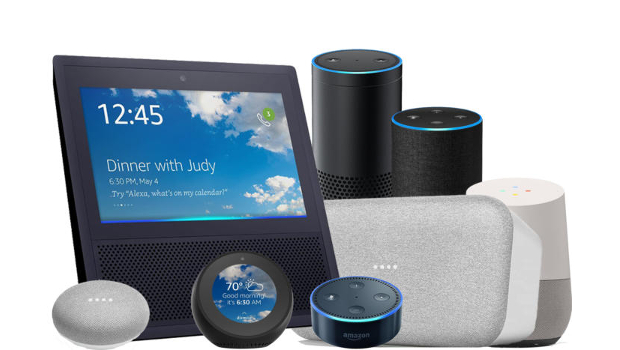-
2020: The year the office finds its voice?
Tempo: Jan. 15, 2020Voice-based AI assistants may soon be as common in the workplace as they are at home,
handling routine tasks and – eventually – more complicated workflows and business processes.
While voice-based digital assistants such as Amazon Alexa, Apple Siri and Google Assistant are
becoming increasingly common at home – and smartphones and wearables can be used handsfree
via speech – the use of voice in the workplace is just getting started. That’s likely to change in 2020
and beyond.
The promise of voice in the workplace? More efficient employees, “smarter” voice-based assistants,
easier ways of completing routine tasks and a digital experience in the office that matches what’s used at home.

Voice AI for office productivity
Microsoft recently announced that Cortana – now firmly positioned as a workplace rather than consumer
AI assistant –will integrate with its Outlook mobile app, enabling users to dictate messages and request emails
to be read aloud.
Google, meanwhile, has begun to integrate its Assistant with G Suite calendars, allowing users to check
schedules via voice commands, schedule events, send emails to certain contacts and dial in to meetings.
Although these are relatively straightforward tasks, they will get more workers interacting via voice, given
the reach of Office 365 and G Suite in the corporate world. In addition, voice assistants are being embedded
in hardware designed explicitly for the office, making it easier for businesses to deploy.
Wider availability of voice technology on productivity applications and devices will influence adoption, said
Castañón-Martínez. “This will reinforce the familiarity of voice user interfaces in the workplace, in a similar
way as consumers have become familiar with Alexa and Siri, and with smart speakers like Amazon Echo and
Google Home/Nest.”

Wider access to voice AI advances
While conversational AI tools such as chatbots are now common, voice interfaces have been slower
to arrive, according to Hayley Sutherland, a senior research analyst at IDC. But advances in the underlying
natural language processing technology has made voice-based assistants accurate enough to support regular
interactions.

Privacy and security concerns remain
Another potential barrier to adoption involves privacy and security fears. In the past year, Apple, Amazon,
Google and Microsoft have each come under fire after reports that staff and contract workers were given
access to small numbers of customer voice recordings for quality review.
According to a recent IDC survey, 44% of consumers have privacy and security concerns about the devices;
those worries are likely to be higher when sensitive enterprise data is at risk. That is especially pertinent as
voice interfaces are added to business applications, such as software from the likes of Salesforce and Oracle.

From simple to advanced tasks
While there may be resistance to using voice AI assistants in busy offices (for practical reasons), office workers
on the go or staffers not bound to a desk could find them especially useful.
“Those industries where people need to use their hands a lot is where we’ll see it first and where it will have a
more natural kind of adoption,” said Sutherland. “It could be a lot more natural for field workers, and the efficiencies
that they gain could mean it is an easier kind of adoption.”
The healthcare industry is one area that sees promise for voice-based assistants. A variety of startups in the industry
have attracted venture capital investment, including Seattle-based Saykara, which uses speech recognition to input
information into electronic health ecord systems. This frees doctors from burdensome data-entry requirements.

Assinar em to comment